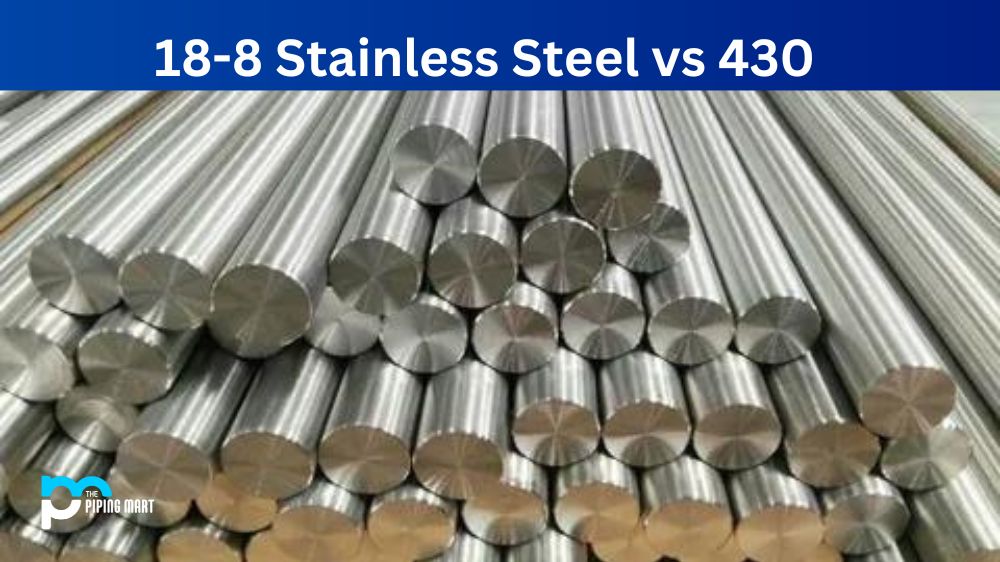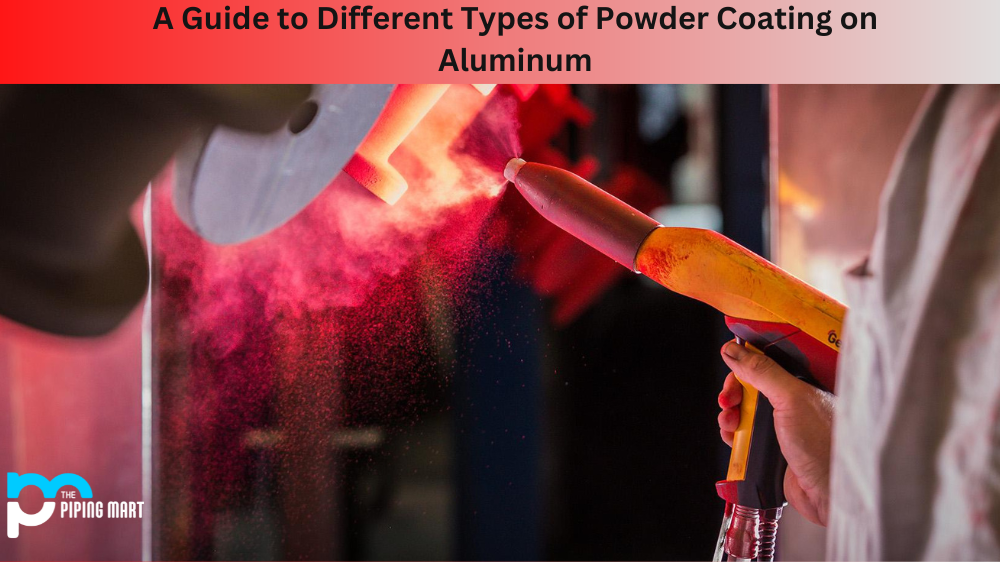Stainless steel is widely used in various industries, from kitchen equipment to automotive parts. However, not all stainless steel is created equal. Two commonly used types are 18-8 stainless steel and 430 stainless steel. Before purchasing or using stainless steel, it’s important to understand the differences between these two types and their respective applications. In this blog post, we’ll discuss the differences between 18-8 and 430 stainless steel and help you make an informed decision.
What is 18-8 Stainless Steel?
18-8 stainless steel is an alloy of 18 per cent chromium and 8 per cent nickel. This combination creates a highly rust and corrosion-resistant, relatively durable material, making it ideal for many applications. It is often found in food processing equipment, kitchen utensils, medical instruments, and industrial parts.
What is 430 Stainless Steel?
430 Stainless Steel is a ferritic, non-hardenable grade of stainless steel. It has good corrosion resistance to common atmospheric conditions and some natural acids. It contains 16–18% chromium and 0.12% carbon, with excellent ductility and formability characteristics and low thermal expansion. Heat treatment is not typically required for this steel, making it ideal for many applications where heat resistance is unnecessary.
Difference Between 18-8 Stainless steel and 430 Stainless Steel
Composition:
18-8 stainless steel is a type of austenitic stainless steel that contains 18% chromium and 8% nickel. It’s also known as 304-grade stainless steel and is highly resistant to corrosion and staining. On the other hand, 430 stainless steel, also known as ferritic stainless steel, contains 17% chromium and no nickel. It’s magnetic and has a lower corrosion resistance than 18-8 stainless steel.
Uses:
18-8 stainless steel is commonly used in kitchen equipment, food processing plants, and medical equipment due to its excellent corrosion resistance and ease of cleaning. It’s also used in construction and architectural projects due to its aesthetic appearance. 430 stainless steel is often used in automotive parts, appliances, and indoor decorative applications. It’s less expensive than 18-8 stainless steel and can withstand high temperatures.
Durability:
18-8 stainless steel has a higher resistance to corrosion and staining than 430 stainless steel. It’s also less prone to rust and pitting. 18-8 stainless steel can withstand harsh environmental conditions, making it suitable for outdoor applications. On the other hand, 430 stainless steel has a higher resistance to wear and tear, making it durable for indoor applications.
Maintenance:
Maintaining the appearance of 18-8 stainless steel requires regular cleaning and polishing. This will prevent staining and increase the lifespan of the material. On the other hand, 430 stainless steel requires minimal maintenance due to its high durability. It’s easy to clean with soap and water.
Cost:
18-8 stainless steel is more expensive than 430 stainless steel due to its higher nickel content. However, it’s a worthwhile investment in applications that require high corrosion resistance. 430 stainless steel is less expensive and suitable for applications that require high durability.
Conclusion:
Choosing the right stainless steel for your application requires understanding the differences between 18-8 stainless steel and 430 stainless steel. While 18-8 stainless steel is more expensive and provides high corrosion resistance, 430 stainless steel offers high durability at a lower cost. Consider the uses, durability, maintenance, and cost when deciding. Whether using stainless steel for kitchen equipment or automotive parts, selecting the right type is crucial for optimal performance and longevity.

Pipingmart is a B2B portal that specializes in metal, industrial and piping items. Additionally, we share the latest information and information about materials, products and various types of grades to assist businesses that are involved in this business.




